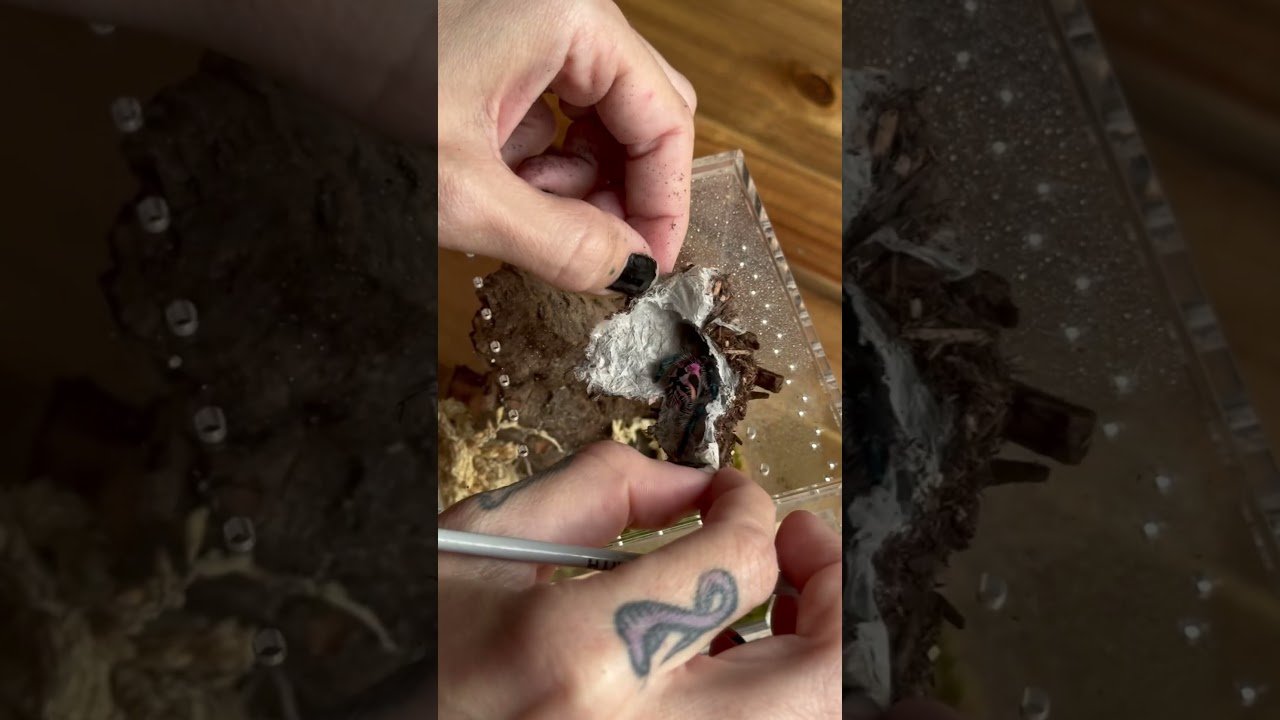I am thrilled to share my experience with you today as I embark on the exciting journey of creating a new enclosure for my Brazilian Jewel Tarantula, T. seladonia. Join me as I document the rehousing process and reveal how I ensure a safe and comfortable space for my beloved arachnid companion.
Enclosure and Rehousing for the Brazilian Jewel Tarantula
Introduction:
Hey there, spider enthusiasts! Today, I want to share my experience with the Brazilian Jewel Tarantula, more commonly known as T. seladonia. As a proud owner of these beautiful creatures, I’ve picked up some tips and tricks along the way on how to create the perfect enclosure and successfully rehouse them. So, sit back, relax, and let me guide you through the world of these fascinating arachnids!
Setting Up the Enclosure
When it comes to housing your Brazilian Jewel Tarantula, creating the perfect setup is crucial for their well-being. Here’s how I go about it:
-
Choosing the Right Enclosure: Opt for a terrarium that is spacious enough for your tarantula to move around comfortably. Ensure it has proper ventilation to maintain air circulation.
-
Substrate Selection: Use a combination of coconut fiber and sphagnum moss as substrate to mimic the tarantula’s natural habitat.
-
Hiding Spots and Décor: Include artificial plants, bark, or cork bark for your tarantula to hide and feel secure.
-
Temperature and Humidity: Maintain a temperature between 75-85°F (24-29°C) and humidity levels around 70-80% to replicate their native environment.
-
Lighting: Brazilian Jewel Tarantulas are nocturnal, so they prefer low-light conditions. Avoid direct sunlight to prevent overheating.
Rehousing Your Tarantula
Rehousing your Brazilian Jewel Tarantula can be a delicate process, but with patience and care, it can be done smoothly:
-
Prepare the New Enclosure: Set up the new enclosure with fresh substrate and décor before moving your tarantula.
-
Handling with Care: Gently coax your tarantula into a temporary container for transportation to the new enclosure. Avoid direct contact to prevent stress.
-
Transferring Safely: Slowly guide your tarantula into its new home using a paintbrush or soft bristles. Allow them to explore their new surroundings at their own pace.
-
Observation: Monitor your tarantula closely after rehousing to ensure they are adjusting well to their new environment.
Conclusion:
In conclusion, creating the ideal enclosure and successfully rehousing your Brazilian Jewel Tarantula is essential for their health and well-being. By following these tips and guidelines, you can ensure a safe and comfortable habitat for your furry eight-legged friend. Remember, patience is key when handling these delicate creatures, and always prioritize their safety above all else.
FAQs:
- How often should I clean my Brazilian Jewel Tarantula’s enclosure?
- Can I house multiple Brazilian Jewel Tarantulas together?
- What should I do if my tarantula refuses to eat after rehousing?
- Are Brazilian Jewel Tarantulas suitable for beginner tarantula keepers?
- How can I tell if my tarantula is preparing to molt?
